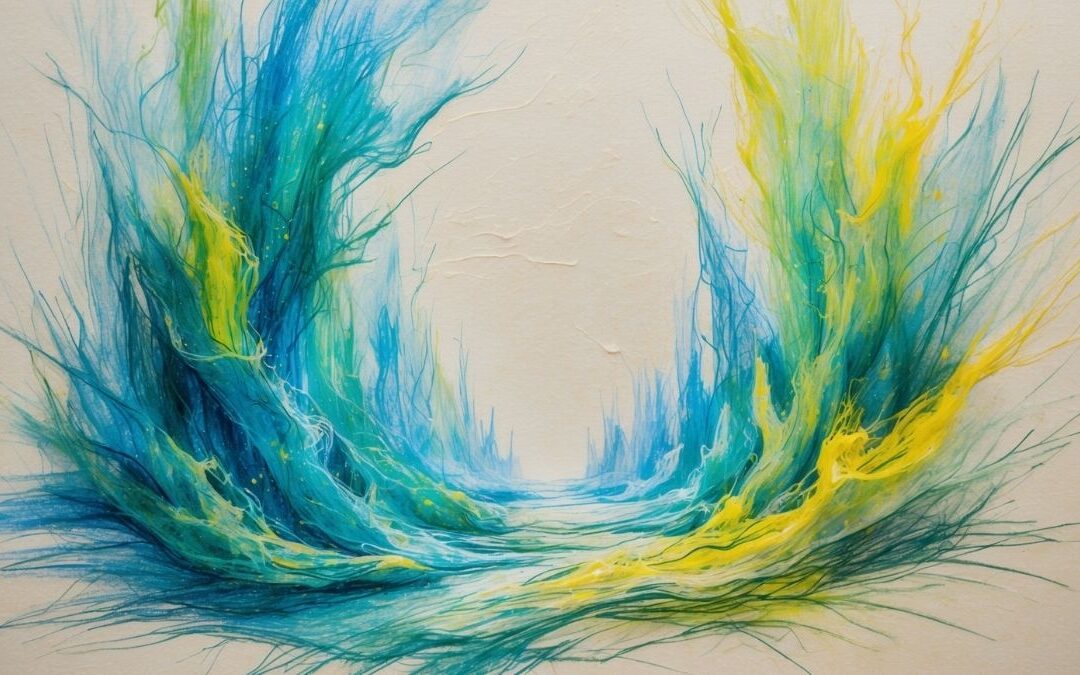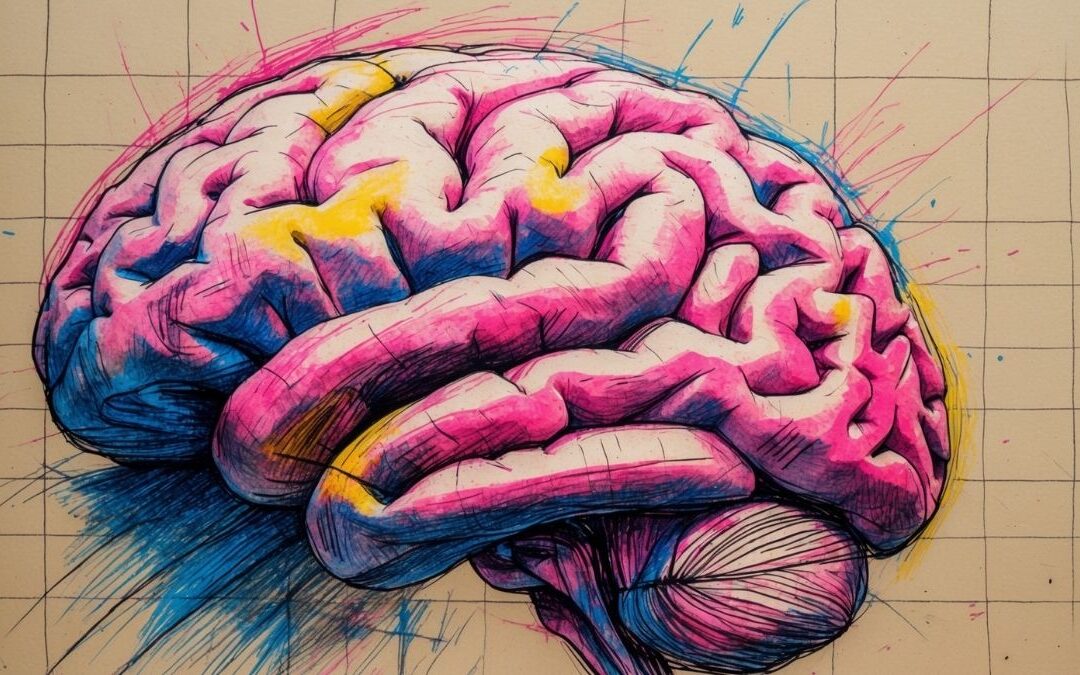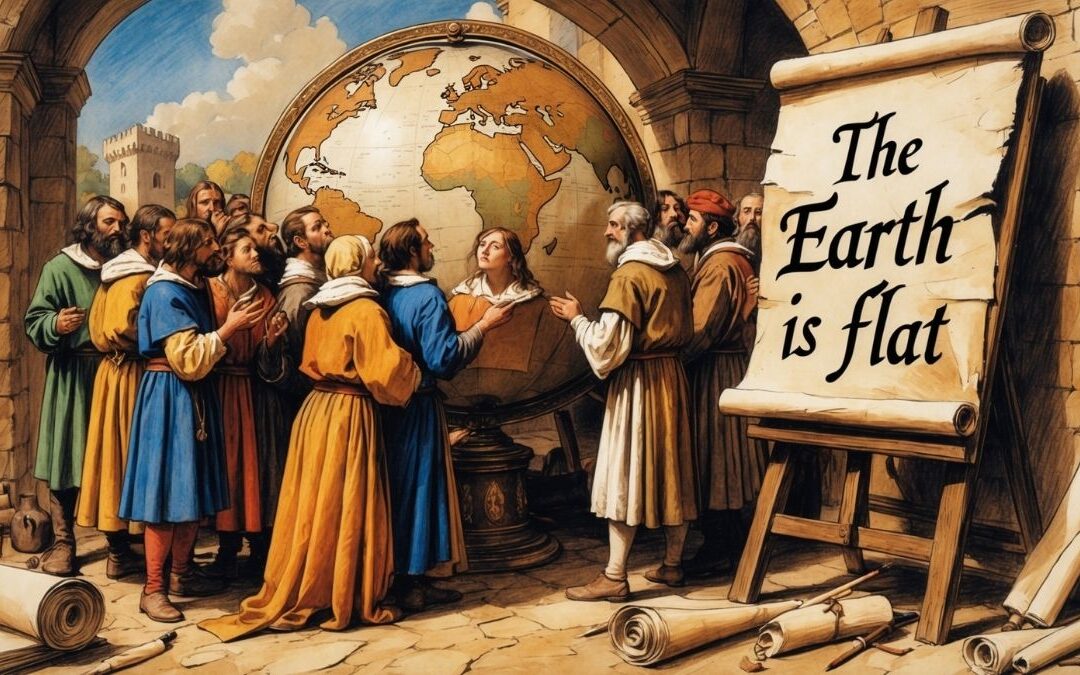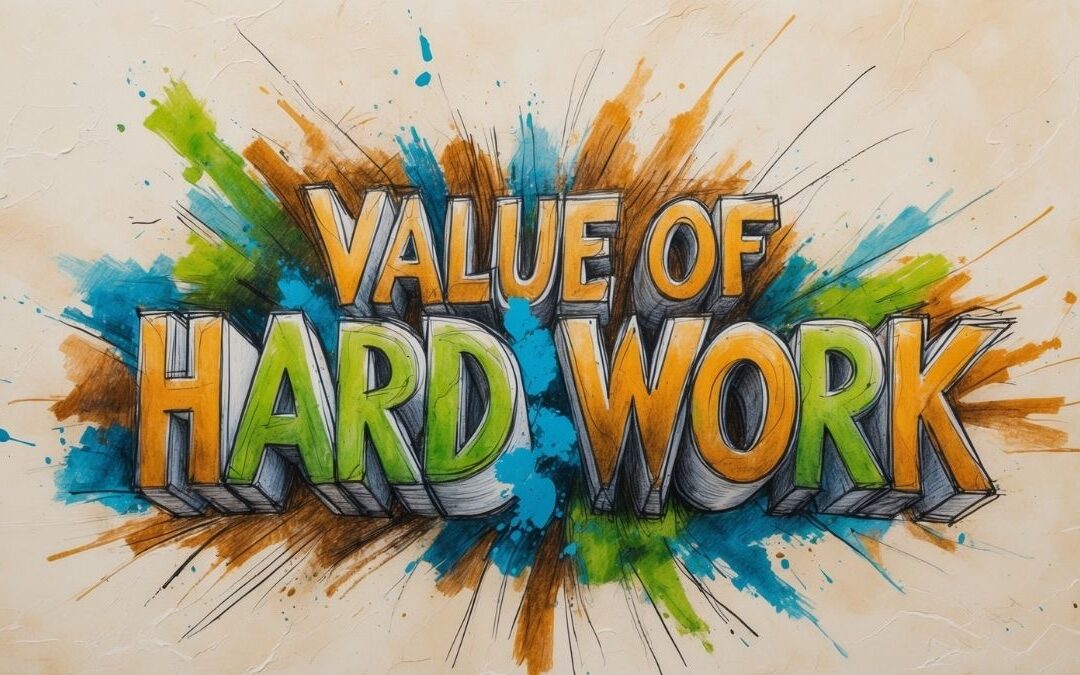Amidst the bustling alleys of Renaissance Italy, a revolution was unfolding—not with swords and speeches, but with ink and presses. This wasn’t just the age of illustrious painters; it was also the dawn of printmaking. While many laud the luminosity of a da Vinci or the depth of a Caravaggio, few recognize the intricate linocuts of artists like Andrea Mantegna.
The art of printmaking, an alchemy of technique and vision, began with rudimentary woodcuts in ancient China. A scene would be meticulously carved onto a wooden plank, then smudged with ink and pressed onto paper or fabric, creating a veritable tableau. This nascent form of artistry was both utilitarian and expressive, making literature and art more accessible to the masses.
With the evolution of the printing press by Gutenberg, etching and engraving burgeoned in popularity. These meticulous processes required artists to inscribe designs onto metal plates. The tangible palpability of these prints, with raised ink bestowing an almost tactile sensation, enriched the realm of artistic mediums.
Yet, as eras transitioned, so did the art. Lithography, a technique born in the 18th century, leveraged the antipathy between oil and water. On smooth limestone, artists would draw with greasy crayons or inks, later adding a water-based solution. The resultant print was both crisp and evocative.
Into the 20th century, serigraphy, or screen printing, became the cynosure. Pioneered by artists like Andy Warhol, this method used screens and stencils to push ink onto canvases, giving birth to the vibrant pop art movement.
Behind each print is an artist’s perspicuity—a keen understanding of how pressure, ink viscosity, and material could combine to manifest a vision. It’s a dance of precision and spontaneity, one that has rendered timeless pieces for us to cherish.
In today’s digitized world, while the tactile allure of print might seem quaint, it remains a testament to an artist’s ardor and ingenuity, reminding us of a time when every stroke, press, and imprint was a deliberate act of creation.
Crossword Puzzle in Context
All the words you need to solve the crossword puzzle below can be found in the text above, Enjoy!
Crossword Puzzle PDF (With Answers)
Test Yourself
Choose the best answer:
1: The cultural movement during the 14th-17th centuries, which marked a significant shift in European history, is known as:
A. Baroque
B. Enlightenment
C. Romanticism
D. Renaissance
2: Which printmaking technique specifically utilizes linoleum?
A. Woodcuts
B. Linocuts
C. Etching
D. Engraving
3: What does “alchemy” metaphorically refer to in the context of art?
A. Selling artworks
B. Magical transformation or creation
C. The use of metals in art
D. Traditional painting
4: Which technique involves carving an image into a wood surface?
A. Lithography
B. Linocuts
C. Serigraphy
D. Woodcuts
5: A method of printmaking that uses acid to create designs on metal is:
A. Engraving
B. Etching
C. Woodcuts
D. Serigraphy
6: Which term describes a method of printing using a stone or a metal plate with a smooth surface?
A. Palpability
B. Etching
C. Engraving
D. Lithography
7: Which word refers to the quality of being easily noticeable?
A. Perspicuity
B. Viscosity
C. Palpability
D. Cynosure
8: Andy Warhol popularized which printmaking technique?
A. Serigraphy
B. Linocuts
C. Etching
D. Lithography
9: What is another term for the center of attention or admiration?
A. Perspicuity
B. Ardor
C. Ingenuity
D. Cynosure
10: Which term defines the clearness or lucidity of a statement?
A. Imprint
B. Perspicuity
C. Alchemy
D. Viscosity
11: How can “viscosity” be best described?
A. Cleverness in invention
B. Thickness and stickiness
C. Enthusiasm or passion
D. Lucidity of a statement
12: What term encapsulates enthusiasm or passion?
A. Cynosure
B. Ardor
C. Viscosity
D. Imprint
13: Which term pertains to the quality of being inventive and original?
A. Imprint
B. Alchemy
C. Ingenuity
D. Palpability
14: If something leaves a mark due to pressing, it’s called an:
A. Ardor
B. Etching
C. Engraving
D. Imprint
15: What does “serigraphy” relate to?
A. Screen printing
B. Carving into wood
C. Acid-based printmaking
D. Lithography using stones
Reveal Answer Key
- D. Renaissance
- B. Linocuts
- B. Magical transformation or creation
- D. Woodcuts
- B. Etching
- D. Lithography
- C. Palpability
- A. Serigraphy
- D. Cynosure
- B. Perspicuity
- B. Thickness and stickiness
- B. Ardor
- C. Ingenuity
- D. Imprint
- A. Screen printing
Fill in the blanks:
- The ________ period in Europe was marked by significant cultural and artistic developments.
- Artists often used ________ as a technique to carve designs into linoleum for printmaking.
- The art of transforming base metals into gold was once known as ________.
- Using wooden planks to create designs and then pressing them onto paper is referred to as ________.
- A method where artists used acid to inscribe designs onto metal plates is called ________.
- The Pop Art Movement was significantly influenced by the printmaking technique known as ________.
- The trait of being easily noticeable or felt is referred to as ________.
- In any art gallery, the most admired piece is usually the ________ of all eyes.
- The clarity or lucidity of a statement, making it easy to understand, is its ________.
- Honey’s thick and sticky nature is a demonstration of its ________.
Reveal Answer Key
- Renaissance
- Linocuts
- Alchemy
- Woodcuts
- Etching
- Serigraphy
- Palpability
- Cynosure
- Perspicuity
- Viscosity











0 Comments